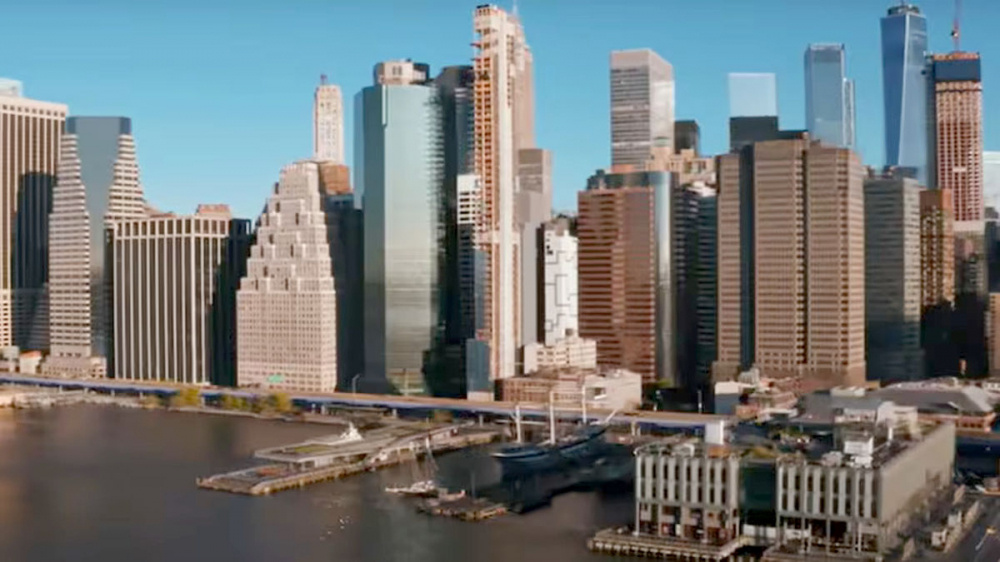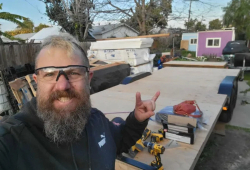
Knowledge | Posted by Hnin Ei Khin
In the heart of Manhattan, where real estate is among the most expensive in the world, a 670-foot skyscraper meant to redefine luxury living has been left abandoned.
Tower 1 Seaport, an ambitious all-glass residential high-rise, was supposed to offer 60 stories of opulence overlooking the Financial District.
But there was just one problem—the building started to tilt.
When construction had reached the 670-foot mark, developers noticed something alarming: “The slab edges on the north side of the building are misaligned by up to 8 inches.”
That sentence marked the beginning of the end for this high-profile project by Fortis Property Group.
What was meant to be a crown jewel in New York’s skyline quickly became a cautionary tale of engineering shortcuts and costly miscalculations.
A fatal flaw: the ground beneath 1 Seaport Manhattan’s towering skyline is built on a foundation of solid bedrock, an ideal base for high-rise construction.
Typically, skyscrapers rely on deep foundation pilings—steel supports drilled through layers of soil until they reach stable rock, usually around 15 meters below ground.
But the plot for 1 Seaport, located on Maiden Lane, was anything but typical.

(One Seaport / Wikimedia Commons)
This area was originally designed by Dutch settlers in the 17th century, who extended Manhattan’s shoreline by dumping sand, stones, and even garbage into the river. As a result, the land beneath 1 Seaport is a patchwork of colonial-era landfill, remnants of shipwrecks, and decomposed marshland, sitting atop a layer of loose sand left by ancient glaciers. The crucial bedrock? A staggering 50 meters below the surface. Despite the challenging terrain, constructing a stable skyscraper was still possible—if done correctly.
For over a century, New York’s tallest buildings have been anchored with deep steel pilings drilled into bedrock. But for reasons that remain tangled in ongoing lawsuits, Fortis Property Group chose a cheaper alternative: a technique called “soil improvement.” Instead of drilling to bedrock, they injected concrete into the soft soil to reinforce it. This decision reportedly saved the developers around $6 million.
Ignoring the warnings—until it was too late
Rather than halting construction when the misalignment became evident, developers tried to compensate by adjusting the upper floors—building them slightly off-kilter in the opposite direction.
“What happened was, as the building went up, the parties tried to pull it back and it kind of counterweighted,” explained a legal representative from Pizzarotti, the construction firm involved.
But the fixes didn’t work leaving it “shaped like a banana.” In July 2020, with lawsuits mounting and the structural issues unresolved, construction was halted indefinitely. Today, Tower 1 Seaport remains unfinished and abandoned.
Ref: New York’s ‘Tower of Pisa’: 200-meter skyscraper left twisted in the middle of Manhattan









